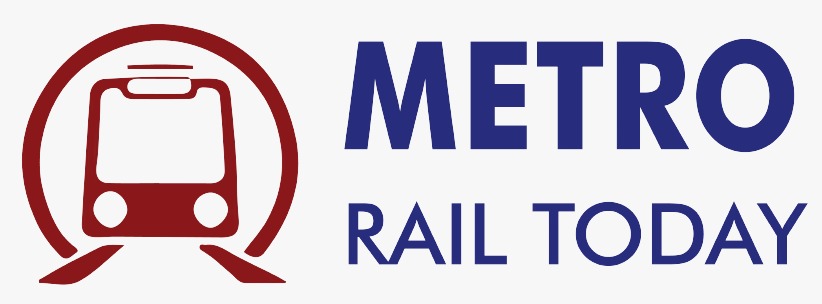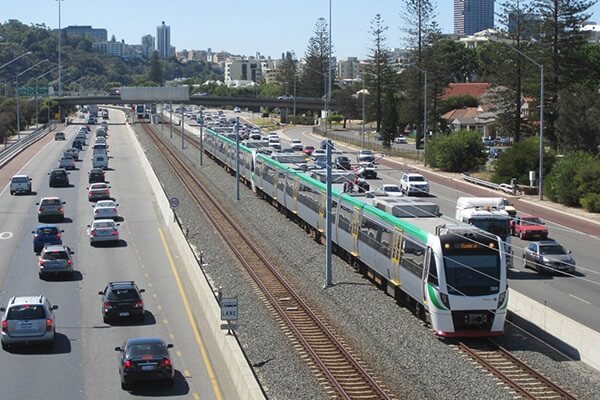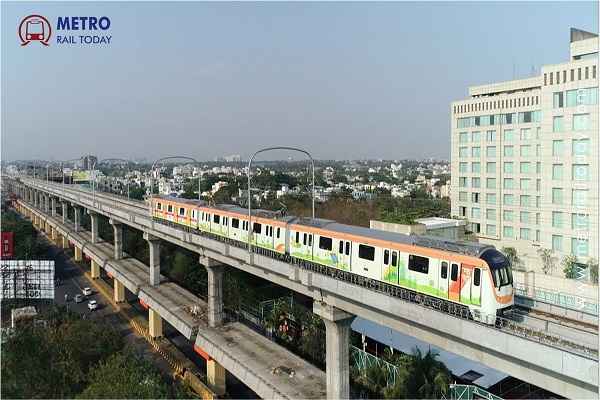 Three firms bid for Automatic Fare Collection System Contract for Nagpur Metro Phase 2
Three firms bid for Automatic Fare Collection System Contract for Nagpur Metro Phase 2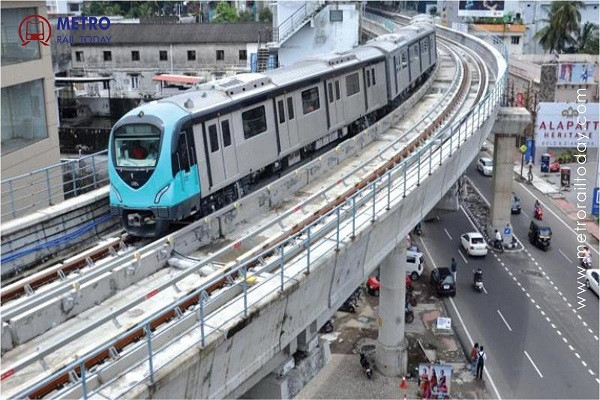 Three Firms shortlisted for Third Rail Electrification Contract of Kochi Metro Phase 2
Three Firms shortlisted for Third Rail Electrification Contract of Kochi Metro Phase 2 Construction for Delhi-Gurugram-Alwar Namo Bharat RRTS Corridor likely to begin in August 2026
Construction for Delhi-Gurugram-Alwar Namo Bharat RRTS Corridor likely to begin in August 2026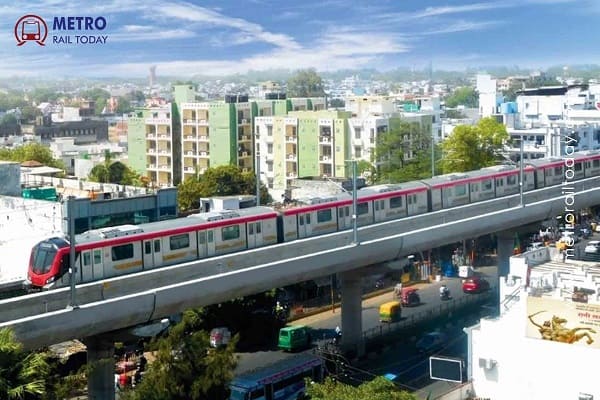 Two firms compete for Detailed Design Consultancy Contract of Lucknow Metro Line 2
Two firms compete for Detailed Design Consultancy Contract of Lucknow Metro Line 2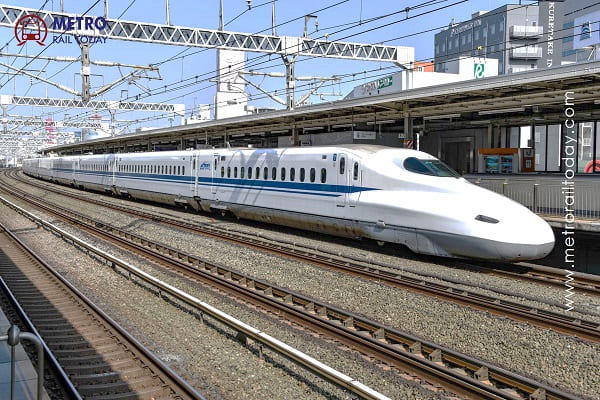 First tender launched for 240 km Amritsar–Jammu High-Speed Bullet Train Corridor
First tender launched for 240 km Amritsar–Jammu High-Speed Bullet Train Corridor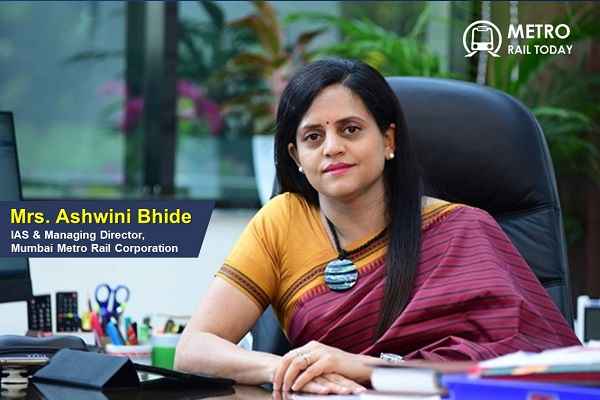 How Ashwini Bhide’s vision shaped Mumbai Metro Line 3 and redefined Urban Mobility?
How Ashwini Bhide’s vision shaped Mumbai Metro Line 3 and redefined Urban Mobility?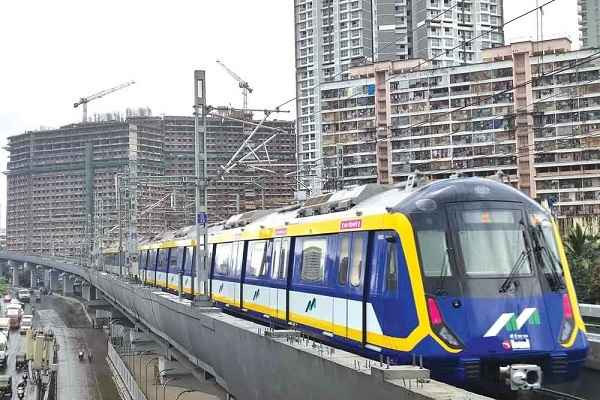 Titagarh Rail Systems Bags ₹2,481 Crore Rolling Stock Contract for Mumbai Metro Line 5
Titagarh Rail Systems Bags ₹2,481 Crore Rolling Stock Contract for Mumbai Metro Line 5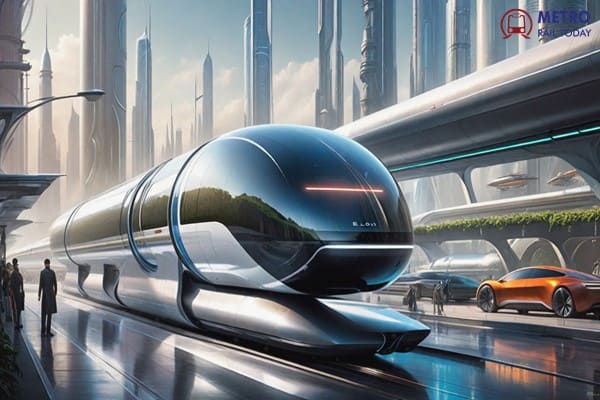 DP World, Deendayal Port and Nevomo join hands to Pilot Magnetic Rail Cargo Movement in India
DP World, Deendayal Port and Nevomo join hands to Pilot Magnetic Rail Cargo Movement in India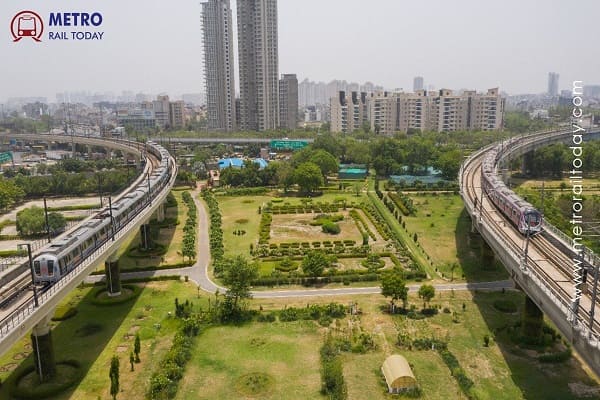 DMRC signs MoU with MapMyIndia to intergrate Delhi Metro Rail Network with Mappls App
DMRC signs MoU with MapMyIndia to intergrate Delhi Metro Rail Network with Mappls App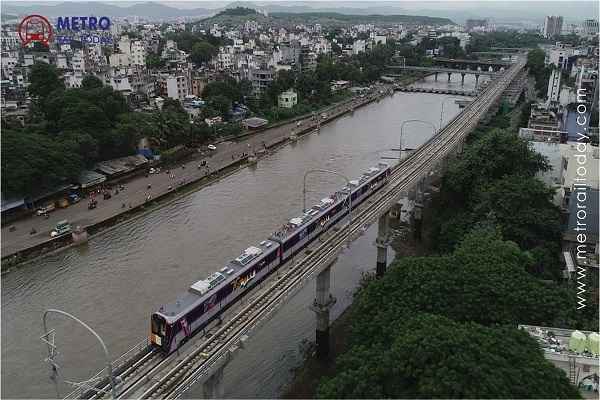 Maharashtra approves Tripartite MoU for Pune Metro Phase 2 Extensions
Maharashtra approves Tripartite MoU for Pune Metro Phase 2 Extensions
Transforming the Tracks: The ₹40 Lakh Crore Plan to Modernize Indian Railways by 2030
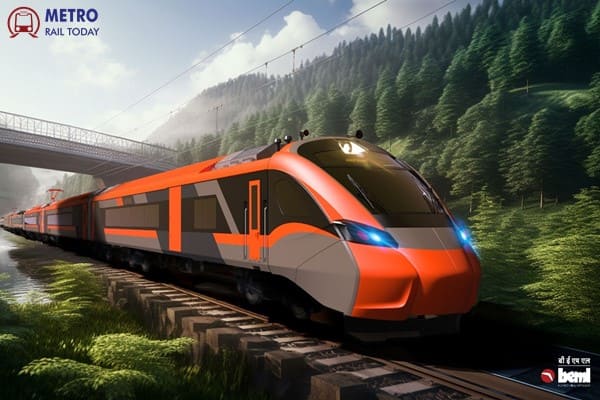
Indian Railways, one of the largest and most intricate rail networks in the world, is embarking on a transformative journey that will shape the future of transportation in India. Under the visionary National Rail Plan (NRP) 2030, the Indian government has allocated a monumental ₹40 lakh crore (approximately $500 billion) to modernize, electrify, and streamline this national treasure. This ambitious initiative will redefine the way people travel, freight moves, and the entire rail infrastructure operates across the country.
Electrification & Sustainability: Paving the Way for a Green Future
One of the cornerstones of the NRP 2030 is the focus on electrification and sustainability. Indian Railways is committed to reducing its carbon footprint by transitioning to 100% electric-powered trains. With an investment of ₹2.73 lakh crore, the railway network aims to achieve full electrification by 2030. This move will not only help cut down on fossil fuel consumption but will also significantly reduce carbon emissions, supporting India’s broader goal of reaching Net Zero Carbon Emissions by 2030.
Key Sustainability Goals:
-
Complete Electrification: By making the entire railway network electric-powered, Indian Railways will be able to eliminate dependency on diesel, contributing to both environmental preservation and reduced operational costs.
-
Net Zero by 2030: The push towards electrification aligns with India’s broader climate change goals, marking a significant step towards achieving sustainable transportation systems.
Dedicated Freight Corridors (DFC): Revolutionizing Logistics
The future of logistics in India is being reshaped with the introduction of Dedicated Freight Corridors (DFC), an initiative that has received an investment of ₹1 lakh crore. The DFC aims to create a separate track network exclusively for freight trains, significantly improving the speed and efficiency of cargo transportation. This separation will help reduce congestion on passenger lines, cut down transportation times, and improve overall efficiency.
Benefits of DFC:
-
Improved Efficiency: With a dedicated network for freight, trains won’t face delays due to passenger trains, making logistics more reliable and time-efficient.
-
Faster Freight Movement: The project promises to reduce transit time, making Indian Railways a competitive player in global trade.
-
Boost to Manufacturing and Trade: By facilitating faster and more reliable freight transportation, the DFC is expected to contribute to the growth of industries, boosting India’s manufacturing and export capabilities.
Public-Private Partnerships (PPP): Encouraging Innovation and Investment
The involvement of private sector players is key to the modernization of Indian Railways. With a ₹50,000 crore investment, the government is fostering public-private partnerships (PPP) to encourage private participation in operations, train services, and infrastructure development. By opening up the sector to private investors, Indian Railways aims to introduce innovative technologies, increase efficiency, and enhance the passenger experience.
PPP Key Contributions:
-
Private Train Operations: The initiative aims to introduce more private operators, improving the quality and frequency of train services.
-
Innovation in Services: With private participation, Indian Railways will see the integration of world-class technologies in train operations, service delivery, and infrastructure management.
-
Enhanced Infrastructure: Private sector investment will help in building and maintaining high-quality, modern infrastructure, from stations to rail corridors.
Station Redevelopment Projects: Revamping the Travel Experience
As part of the NRP 2030, a massive ₹1.2 lakh crore has been earmarked for the redevelopment of over 1200 railway stations across India. The modernization of stations is critical to improving the overall passenger experience, ensuring that commuters enjoy modern, accessible, and world-class facilities.
Key Redevelopment Goals:
-
Passenger-Centric Stations: Stations will be revamped to include modern amenities, improved accessibility, better safety, and overall comfort.
-
Smart Infrastructure: Stations will be equipped with smart technologies such as automated ticketing systems, integrated transport facilities, and real-time information services.
-
Aesthetic Upgrades: High-traffic stations will be redesigned with aesthetic features, showcasing the rich cultural heritage of India while providing a modern and comfortable environment for travelers.
Next-Gen Trains for a New Era: Revolutionizing Passenger Travel
Indian Railways is also focusing on upgrading its fleet of trains to offer a futuristic and comfortable travel experience. With an investment of ₹40,000 crore, new-generation trains like Vande Bharat, Amrit Bharat, and Vande Metro will be introduced to enhance passenger comfort, speed, and safety.
Key Features of Next-Gen Trains:
-
Vande Bharat Express: High-speed, fully air-conditioned trains that provide superior comfort, faster travel times, and advanced safety features.
-
Vande Metro: Aimed at enhancing regional connectivity, these trains will offer a cost-effective and efficient mode of transportation for daily commuters.
-
Amrit Bharat: These trains are designed to serve long-distance travel with modern amenities, including Wi-Fi, ergonomic seating, and cleaner interiors.
Enhanced Safety & Smart Maintenance: Leveraging Technology for Reliability
A substantial ₹30,000 crore investment is being directed towards enhancing the safety and maintenance of trains and tracks. Through the integration of AI-based monitoring systems, smart signaling, and modern security infrastructure, Indian Railways is taking proactive measures to ensure the safety of passengers and the operational reliability of trains.
Key Safety Enhancements:
-
AI-Based Monitoring: Artificial intelligence will be used to monitor train movements and track conditions in real-time, ensuring rapid response to potential issues.
-
Advanced Signaling Systems: Smart signaling technology will improve the efficiency and safety of train operations, minimizing the risk of accidents.
-
Surveillance and Security: Increased CCTV surveillance and emergency communication systems will be installed in trains and stations to ensure passenger safety.
Smart Railways with Predictive Maintenance: The Power of IoT and Analytics
Predictive maintenance is another critical element of the NRP 2030, with an allocation of ₹20,000 crore. Leveraging the Internet of Things (IoT) and big data analytics, Indian Railways will be able to monitor the health of its assets, predict failures before they occur, and reduce maintenance costs. This will ensure higher reliability, fewer service interruptions, and lower operational downtime.
Predictive Maintenance Highlights:
-
Data-Driven Decisions: Real-time data collected from sensors on trains and tracks will be analyzed to predict wear and tear, preventing breakdowns.
-
Reduced Downtime: By identifying maintenance needs before they become critical, trains will spend less time in repair, ensuring smooth and efficient operations.
-
Cost Savings: Predictive maintenance reduces the overall cost of operations by preventing costly repairs and enhancing asset life.
Conclusion: The Future of Indian Railways
The transformation of Indian Railways through the National Rail Plan 2030 is a bold and visionary step toward modernizing one of the world’s largest rail networks. With investments aimed at electrification, infrastructure, safety, and technology, Indian Railways is poised to offer more efficient, sustainable, and comfortable services to millions of passengers and freight operators.
As the government continues to push for private sector involvement and the implementation of next-gen technologies, the industry is expected to play a pivotal role in realizing this ambitious transformation. The future of Indian Railways is bright, and by 2030, it could well become a global leader in sustainable and efficient transportation.
How Industry Players Can Contribute to This Transformation
Industry players, from tech innovators to infrastructure developers, can play a crucial role in contributing to this massive transformation. They can bring forward solutions in:
-
AI and IoT Innovations: Providing AI-driven solutions for monitoring and predictive maintenance.
-
Infrastructure Development: Contributing to station redevelopment projects and rail network expansions.
-
Private Train Operations: Taking part in the privatization of train services to introduce new models of efficiency, comfort, and service.
By embracing this transformation, industry players will not only help shape the future of Indian Railways but also foster a more sustainable, efficient, and innovative transportation ecosystem for the nation. With a blend of sustainability, cutting-edge technology, and enhanced passenger experiences, the rail network will become a central pillar of India’s growth in the coming decade.
What is Next?
We invite you to join us at the upcoming 5th Edition of RailTrans Expo 2025, where key industry leaders and stakeholders will gather to explore new business opportunities in the rail and mobility sectors in India. This is your chance to connect with top players, discuss innovative solutions, and contribute to shaping the future of India's rail infrastructure. Don’t miss out on this opportunity to be part of India’s rail revolution.
See you at RailTrans Expo 2025!
